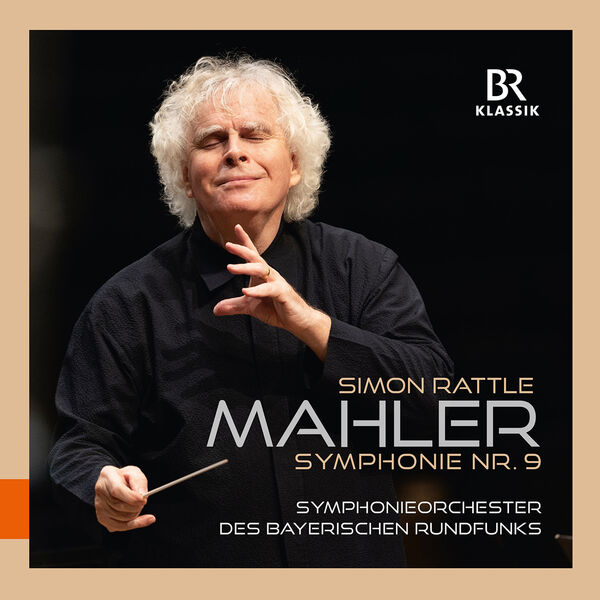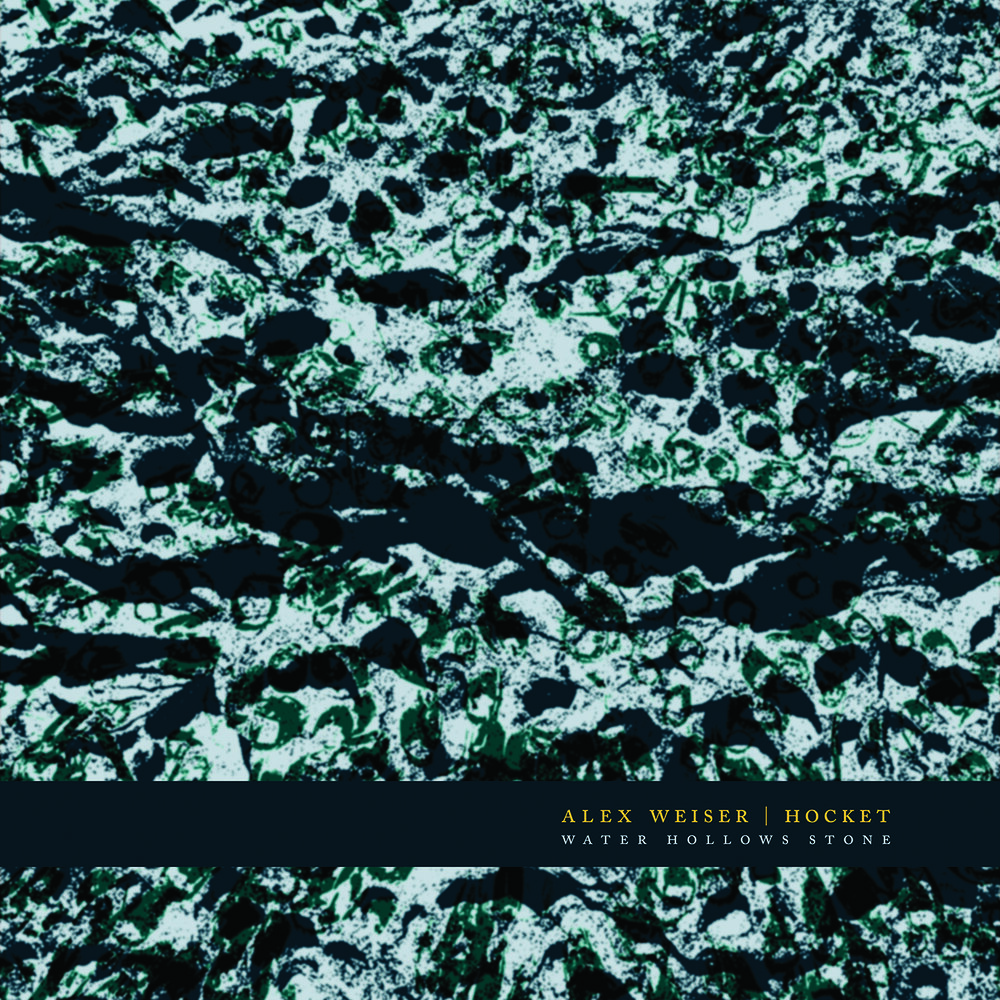A number of years ago I came upon the music of Robert Paterson via a release or two, one on the old Musical Heritage Society label, good things and I was always wanting to hear more, though nothing seemed to come my way until now. Today I am glad to speak of one, then later on there is another.
Modern classical and avant garde concert music of the 20th and 21st centuries forms the primary focus of this blog. It is hoped that through the discussions a picture will emerge of modern music, its heritage, and what it means for us.
Wednesday, October 26, 2022
Robert Paterson, String Quartets 1-3, The Indianapolis Quartet
Monday, October 24, 2022
Valentin Silvestrov, Maidan, Kyiv Chamber Choir, Mykola Hobdych, Contemporary Choral Music From the Ukraine
And in a timely way we hear a recent release of some deeply carved out a cappella choral music by Maestro Silvestrov, Maidan (ECM New Series 2359). The Kyiv Chamber Choir under Mykola Hobdych gives us spirited and spectacularly sonic readings, filled with great beauty and a rootedness in old Orthodox Chant timbres, deep bass, and long notes as a springboard to the new Modernisms. An expansiveness marks Silvestrov as a very original contributor to the Contemporary and innovative movement forward we have also in our times in Arvo Part and other luminaries in the new consonance. The music haunts, ever more so with the ECM high-sonics production rigor. Great choir!
In my listens for this one, now four and counting, by hearing number three I was convinced fully and greeted the motifs with the joy of happy recognition. It broadens our appreciation of the composer and his nicely Contemporary and local lyricism. The music plummets deeply, then plumbs the depth and leaves you satisfied and ready to hear again.
Strongly recommended. Some of his very best!
Tuesday, October 18, 2022
Mahler, Symphonie Nr. 9, Simon Rattle, Symphonieorchester des Bayerischen Rundfunks

Tuesday, October 11, 2022
Alex Weiser, Hocket, Water Hollows Stone
On the back cover of the CD Weiser gives us the central thought behind all here. It comes out of encounters he had travelling through New York's Bryant Park subway station. Oddly enough (I missed this in my travels years ago) etched on the tiles of the walls there is a quote from the ancient Roman poet Ovid in Latin! Weiser unpacks it--water hollows stone bit by bit, accomplishing the seemingly impossible via a lengthy process facilitated by the gradual drip of long time, in interesting ways something of what Anthropologist Marshall Sahlins called "structures of the long run."
So Weiser on the back cover ties the aquatic process into the musical one, noting how a drip of water like a single musical note has no real power except in the continual process of its re-presentation. The music by its continual presence, repeating and moving forward, creates a force unknowable except in its processualizing. This uncanny temporal transformation in the composer's words, gives rise to "something that has the power to move is and change how we view the world." We might recall early Steve Reich works and how the emphasis too was on process, on gradual development and change over a relatively long time, on an instantiation only possible in the re-presentation.
So Weiser has created "Water Follows Stone," and following it giving us a punctuation in the terminus of "Fade." The two piano works enter the swim of time and life and introduce us to a kind of metonymic modeling of sound to analogize the water's long term changing ability. The movements "Waves," "Cascade" and "Mist" each devote note deliberation to different processual ends.
So "Waves" models a primordial maelstrom of darkness and void that transforms to the presence of creative waters in motion.
The ensuing "Cascade" is based on a misquotation of the 19th of Beethoven's Diabelli Variations, and a wonderful flowing thing it is, representing and suggesting the rise of civilizations, a "combination of imperfectly remembered models and innovation that results in a distinctive new character." And so it does this with musical sequences that are rather arrestingly compelling.
The final "Mist" borrows an idea of composer Helmut Lachenmann, to release notes from a given chord singly and consecutively to emphasizes the utterance of sounding as well as the eventual decay in time.
The point of it all ultimately of course is to give you a fantastic listening experience. I find it so. Listen to the flow and gradually you will find in time you are part of it, you are in it and of it. Recommended. Give it a good listen by all means.
Tuesday, October 4, 2022
Leo Brouwer, Cuban Sketches for Piano, Mariel Mayz
Because of the nature of politics and history, where you are situated sometimes has something to do with when and how you come to know some composer, some music. So the fact that Leo Brouwer is Cuban means his music was not always flowing into our ears here in the US in years past. I am not here to delve into that fact so much as to acknowledge it. So the advent of Leo Brouwer here has not been a steady factor, and so sometimes we finally get to hear some things in greater depth than we have previously. That surely is a very good thing. Accordingly I find myself appreciating his originality more and more as I dig deeper into his output.
So happily we have right now the release of significant Leo Brouwer piano works with an enthusiastic and care-taking, indeed a rather definitive performance by pianist Mariel Mayz. That is namely the full length Cuban Sketches for Piano (ZOHO ZM 202206). Now I should point out that the sum of the program is what is being entitled here, so really we are talking, and quite happily, about "Diez Bocetos" and then "Nuevo Bocetos para Piano" (3), and then further a Maiz arranged "An Idea (Passacaglia for Eli)" and then finally Maiz' own "Variations on a Theme by Brouwer."
And as you listen you may find the occasion to revel in the idea that Brouwer here is neither exactly fully "Modern" nor is he determinably "unModern." The music has the contemporary tang of the 20th century but then he goes his own way in a lyrical and inventive melodic-harmonic individualism that is in a league of its own. Yet too the "Nuevo Bocetos" do channel a more consistently Modern palette to a greater extent that the others. Nothing is wholly a monolith nor is it exactly all wholly Cuban in some obvious sense, at least not very often.
So we hear the not easily categorized flow of these piano works and find a great deal to appreciate, or at least I do.The performances give much in an imaginative making so, a very sophisticated and subtly lyrical reading that stands out as something even Goldilocks would find satisfying. I recommend this one warmly, wholly. It is one to savor over one hopes the many hours and years of listening ahead.
Monday, October 3, 2022
Music From SEAMUS 31, New Electro-Acoustic Music 2022
The Society for Electro-Acoustic Music in the United States (SEAMUS) has done a great deal in the decades of its existence to forward the art and help get the word out to listeners. The annual SEAMUS selection of new Electro-Acoustic works define by its presence the US scene as it has now for 31 years. In any given year the density of the offerings can vary, but Music from SEAMUS 31 (New Focus Recordings CD) has a pleasing wealth of invention high by any standards.
This anthology sports some nine new works by composers not exactly household names. Two things stand out to me as I listen. One, that we need to appreciate what the digital world has given composers in electronics and transformed acoustics. The analog world had and has charms, of course. But the ease of editing and collating on the digital palette ideally leaves more time for composers to work out fully the sound color landscapes that center the music in vibrant imagination. You hear that nicely here. The sounds are rich, gorgeous at times, with a depth of field and clarity the medium now allows virtually as never before.
The second thing to note as you listen is the new dexterity that one hears in how composers can manipulate and extend vocal acoustics, both as transformed within realistic timbres, and also as artfully aural transformations passing out of our customary real-world sound.
And as you listen a few times you start feeling the pleasure of recognition--you increasingly get inside and understand intuitively the complex and elaborate structures, the almost lascivious pleasures of aural expansion.
This is the nicest, most interesting SEAMUS anthologies I've heard in a while. Do explore this if you want to hear the directions things are going in these days, or even if you have no idea about Electro-Acoustics and want to sample from a rich stream of possibilities over time. Here is what is happening now. Bravo.




